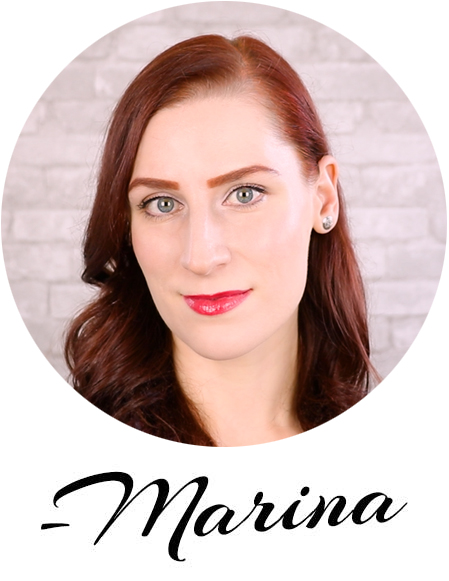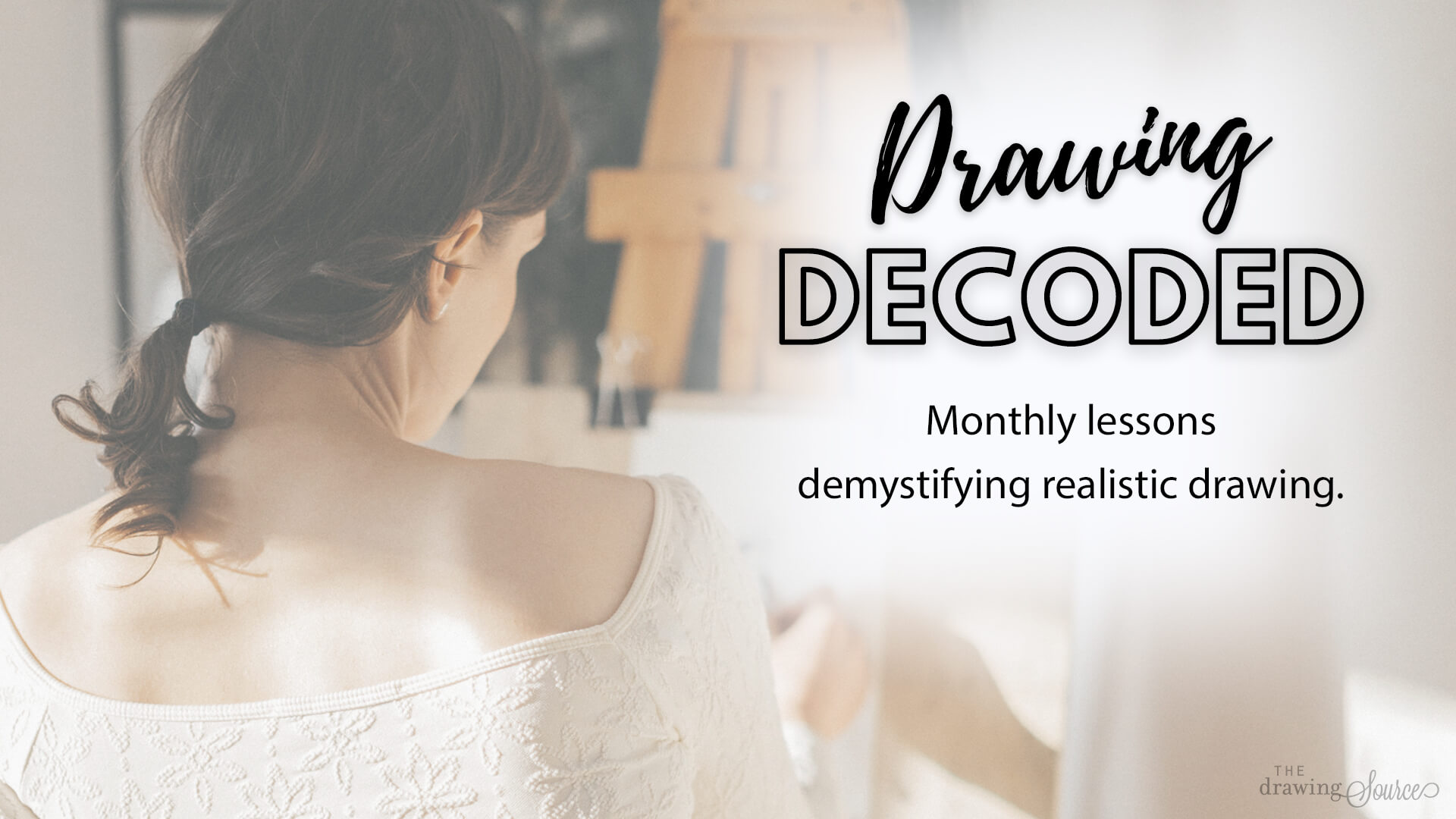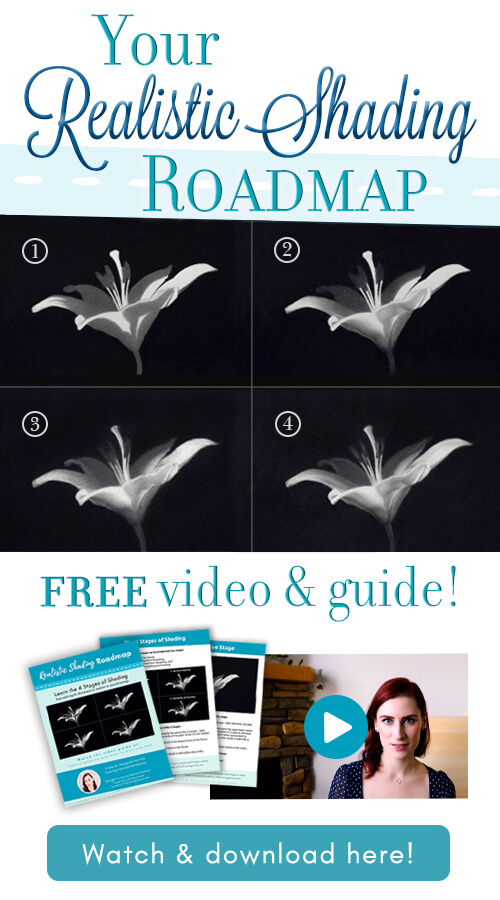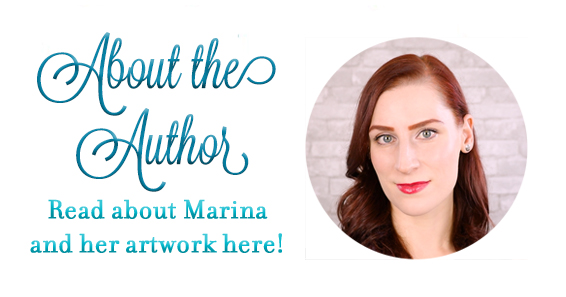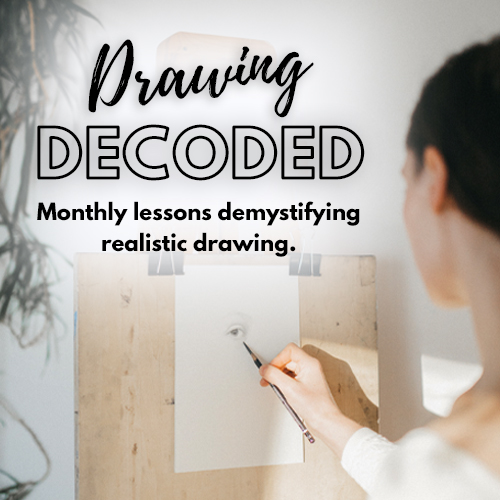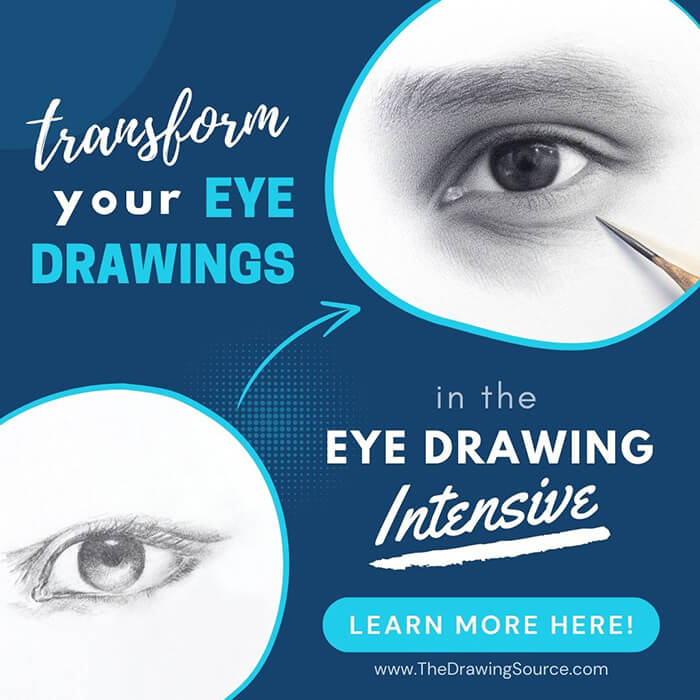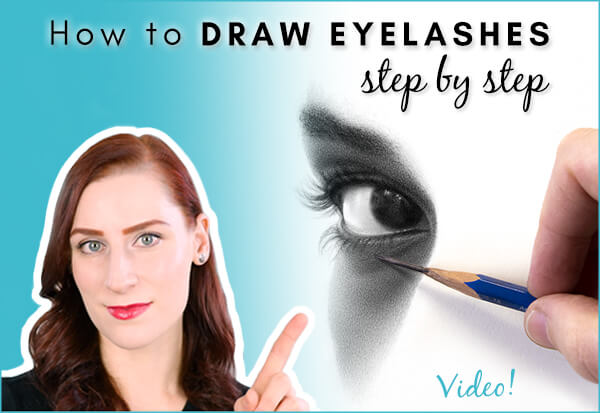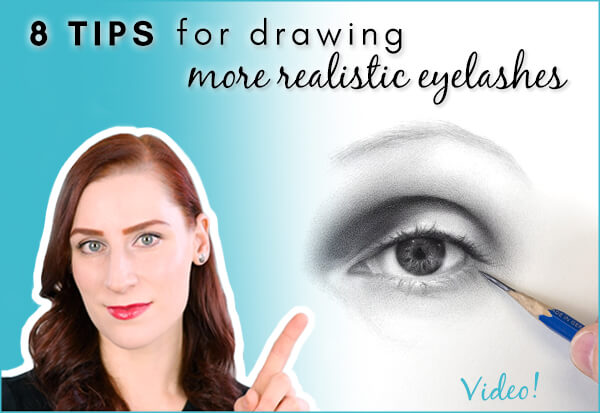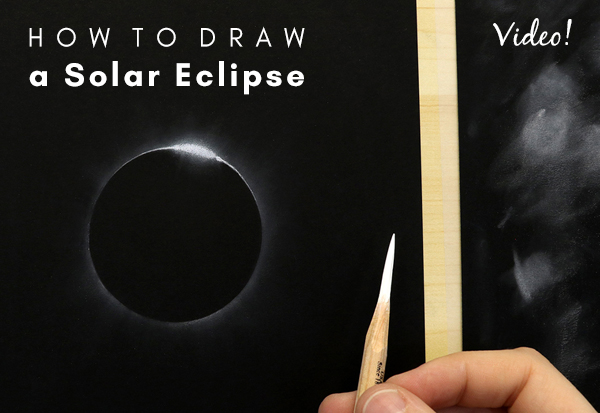- Home
- Drawing Tutorials
- Can You Learn to Draw
Can You Learn to Draw?
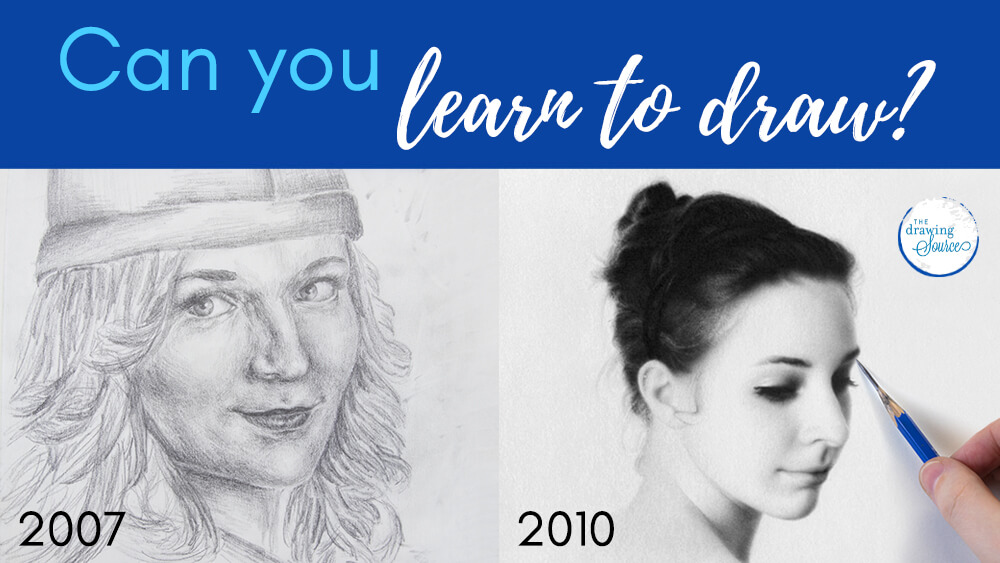
"Can you learn to draw?"
Whether you’re asking this question because:
- you’ve realized that you would absolutely love to be able to draw, or
- you’ve already started learning to draw, are feeling discouraged, and juuuust want to make sure that it’s possible …
I’m thrilled that you found your way here, and even more thrilled to tell you that:
Realistic drawing is
a learnable skill.
Everyone can drastically improve their drawing skills with
proper instruction and practice.
Let’s debunk a common belief or myth right from the beginning:
Myth: Drawing is only for those born with innate artistic talent, ability and creativity.
Fact: Realistic drawing is a
learnable skill. Everyone can drastically improve their drawing skills with
proper instruction and practice. (It’s worth repeating!)
“Who’s
writing this, and how do you know that I can learn to draw?”
Hi there! My name is Marina Fridman. I’m a visual artist, arts educator, and author (or Drawing Source’ress) of TheDrawingSource.com and the Drawing Decoded Membership.
I’m
passionate about demystifying realistic drawing and making quality drawing
education accessible to anyone wishing to learn how to draw.
I can confidently answer the ‘Can you learn to draw’ question because:
- I was not born with drawing skills, yet I learned to draw (as you’ll see further on in this article)
- My students have learned to draw!
In my creative practice these days, I create drawing
installations: largescale drawings that transform a space, such as the one
below.
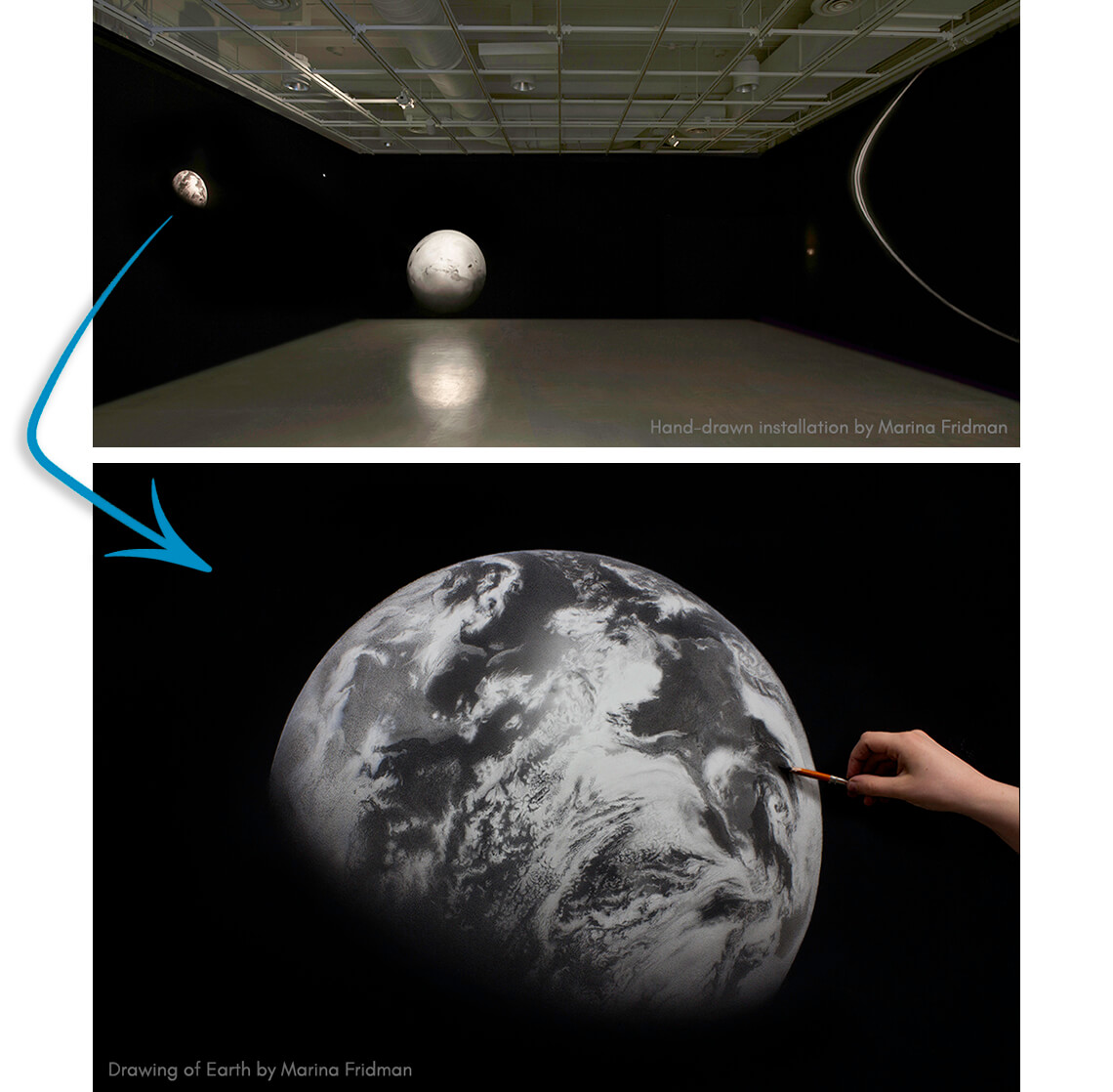
This is entirely hand-drawn using charcoal pencils and
compressed charcoal sticks on white paper (including the dark background surrounding the planets). Once your eyes adjust to the dark space, you begin to see the gestural marks that make up the drawn void.
This installation invites viewers to be enveloped in outer space, to approach the celestial body of Mars (the largest planet in the image), to be towered over by one of the rings of Saturn, and to look up at planet Earth and the Moon as though from a great distance.
Below is a more recent addition to this work: Pluto’s
moons, drawn in 2022.
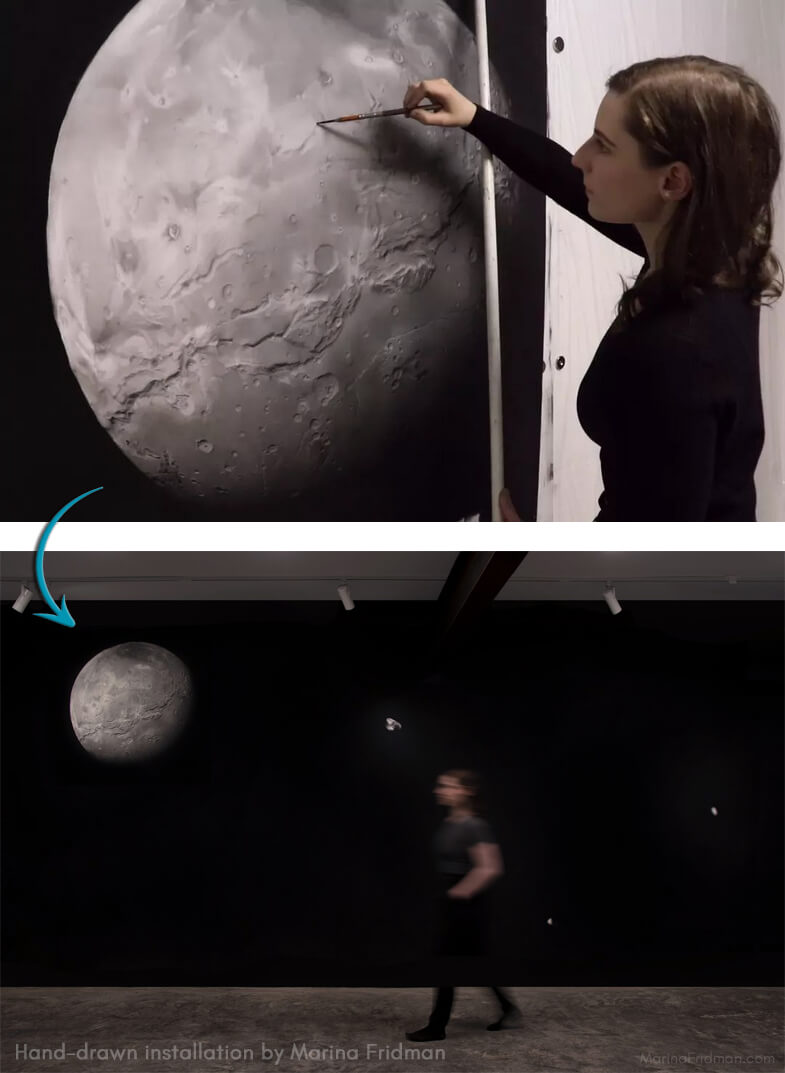
Now, I can see why you might look at this and think, “What
do you mean you weren’t born with drawing abilities?!”
Nope! This is not how my creative career began. I was not
born with drawing skills (and I can prove it!)
“Can You Learn to Draw?”
How it Began
My mother recently found the notebook below, containing
the earliest childhood drawings of mine that we can find.
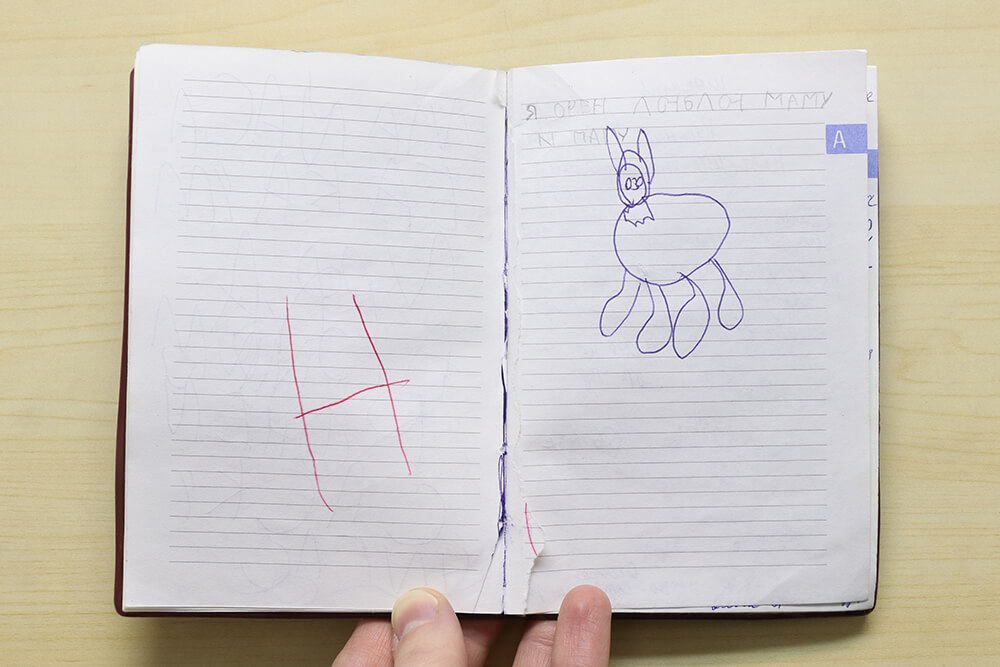 One of my earliest childhood drawings that I've been able to find
One of my earliest childhood drawings that I've been able to find
Is it a cat? Is it a dog? Who’s to
say!
Was I displaying remarkable drawing skills at this point? No.
(What was evident at this age was actually a gift for piano-playing, unsurprisingly,
as both my parents are pianists. I often joke that ‘something went wrong’ and I
became a visual artist instead of a musician.)
Fast forward a few years, and I remember a distinct drawing that I wish I could find and show you. For now, a description will have to suffice:
In this drawing was some sort of creature - I can only assume that it was a duck with long, flowing hair. She was looking at herself in the mirror, and there was a caption scrawled in childlike writing that said, ‘Brush your teeth, they’re yellow.’ (This was on my great-aunt’s fridge for years – she was a dentist.)
So: I had learned how to write in english (somewhat), that was
excellent, and a very practical, useful message in that artwork, but still no earth-shattering drawing skills.
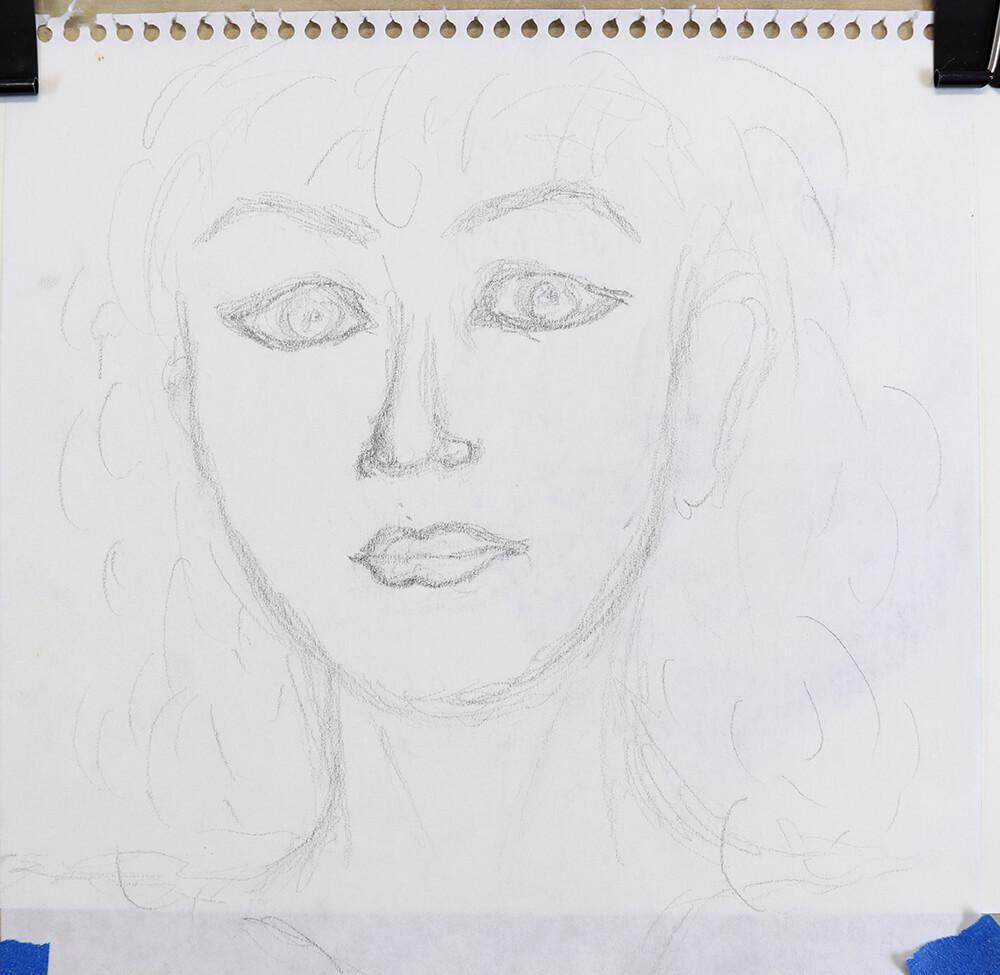 A very early portrait drawing
A very early portrait drawing
I was enrolled in casual art classes throughout my
childhood, but for many years it was not at all evident that this would become
my career, passion and calling. Back then, I wanted to quit my classes every
second week, and my father would gently suggest, “Why don’t you just attend one
more class, and if you still want to quit, you can.” Each time, I would have a
nice time at my class and would continue attending. (That was some good
parenting, dad, appreciate you!)
However, by the time I was in high school, art was becoming one
of my main interests, and due to the accumulation of various drawing and
painting lessons I had taken, some years later we start to see some improvement:
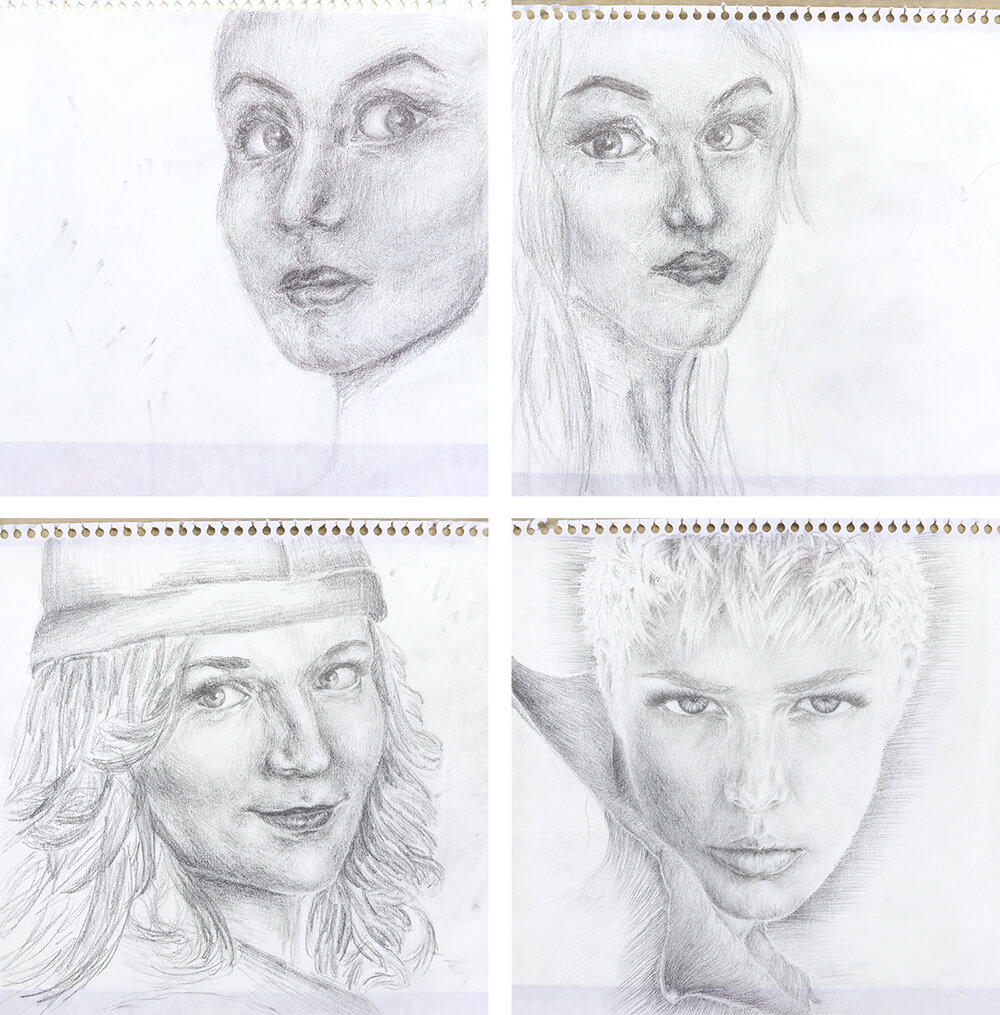 Early portrait drawings of mine, around junior high/high school age, before I began my formal education.
Early portrait drawings of mine, around junior high/high school age, before I began my formal education.
Despite
the progress here, in all these drawings I’m making very typical choices often made by beginners, that detract from the believable realism of
the images.
To become fluent in the visual language of drawing, we focus on three areas: learning to ‘see’, obtaining essential drawing knowledge, and acquiring the drawing skills to translate what you see onto paper.
I simply had not yet developed these three areas thoroughly enough to produce convincing, believably realistic drawings.
Fast-forward to 2008: I was enrolled in business prerequisite
courses in University, but I was drawing constantly. The art programs in my
city were not what I was looking for at the time, so studying art formally
simply did not seem like an option. That is, until my mother approached me one
day as I was drawing, and gently suggested that I could move to a city
to attend a program I was inspired by.
I started researching programs the next day, and moved from Canada to the US soon afterwards to begin my formal art education.
What happened once I started gaining the drawing knowledge, technical
skill, ability to ‘see’, and combined that with consistent practice?
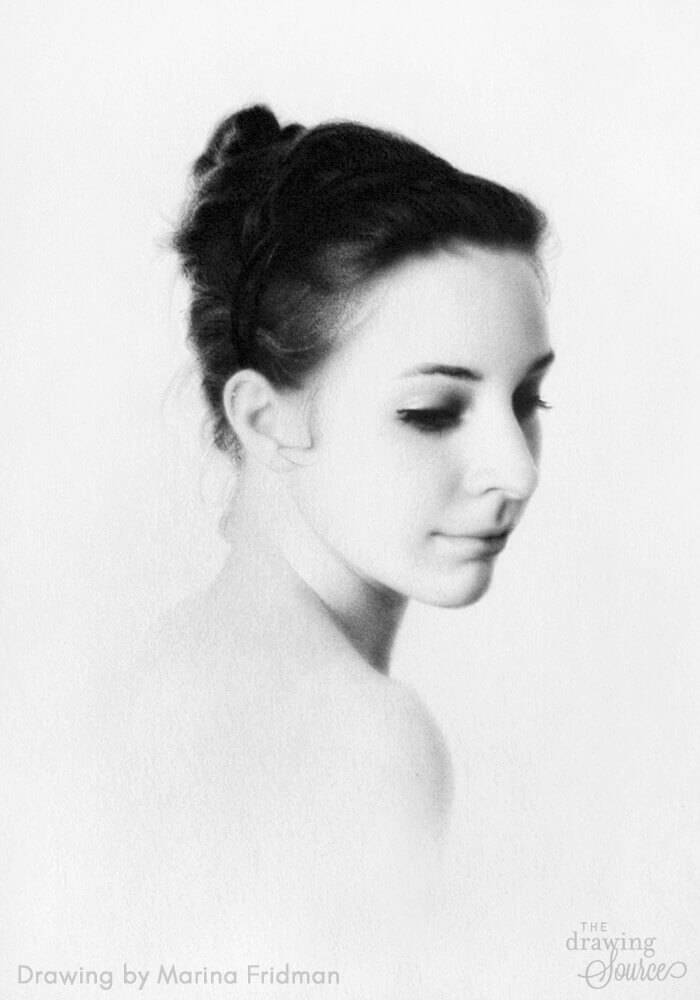 A portrait drawing in graphite, about a year into my formal art education.
A portrait drawing in graphite, about a year into my formal art education.Boom.
At 20 years old, I think it’s safe to say that I ‘could draw’.
At this point, it finally became safe to assume that I probably did have some natural ability, but!
That natural ability had to be unlocked by proper instruction
and practice.
How can you learn to draw?
To learn to draw, we must:
1. Know what to learn, and in what order to learn it.
This is perhaps the greatest barrier as a beginner, because
you don’t know .. what you don’t know! Even if you look up tutorials online,
you may not be able to determine which exercises are important, why they are
important, what level they are, how to practice them effectively, what order to
practice them in, etc. (Trying to grasp advanced skills and concepts before you have
foundational skills doesn’t work, no matter what you’re trying to learn!) Looking
up free tutorials can result in spending most of your time researching and
trying to figure out these things, rather than studying the actual skills that
you need to learn to draw.
2. Be taught essential drawing concepts and techniques.
This is the ‘how.’ How to measure, using various measuring techniques. How to view your subject
at different stages of the drawing process. How to shade smoothly. This all
becomes much easier when simplified into easily digestible steps that progress
from beginner to advanced.
3. Be shown effective exercises to practice.
How do we gain proficiency and comfort with our drawing tools and techniques? By practicing efficiently! There are more and less effective ways to practice the skills needed to create a realistic drawing.
And finally …
4. Practice regularly and consistently.
Learning any new skill takes consistent practice. However,
the process and visible progress can be extremely enjoyable and fulfilling!
Nowhere on The Drawing Source will you read that drawing is quick and easy to learn. In my experience, the only ‘shortcut’ to learning anything is qualified instruction or mentorship.
I was extremely fortunate to be able to study at various institutions, to seek out the education I craved, and to discover what works when learning to draw. Now I'm delighted to distill my education and share it with others, so that you, too, can learn to draw.
In my Drawing Decoded membership, I take care of points one
to three above, so that all you need to do is enjoy learning new skills and concepts
while practicing consistently.
If you’re looking to build the foundational skills,
techniques, and knowledge to confidently face advanced drawing subjects like
the figure and portrait, I invite you learn more about Drawing Decoded here. Let’s
take the guesswork out of what to do or practice next, so that you can focus on
the lessons and on your improvement!
So, can you learn to draw?
Absolutely! Realistic drawing is a learnable skill. Everyone can drastically improve their drawing skills with proper instruction and practice.
Happy Drawing,
